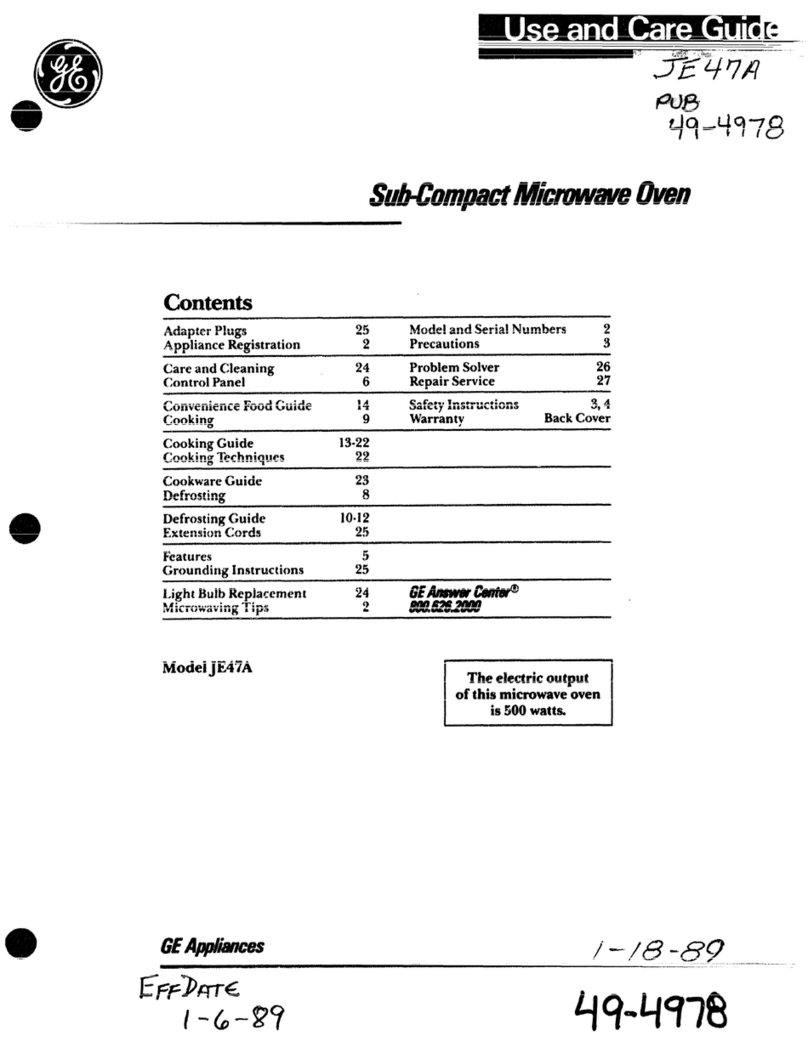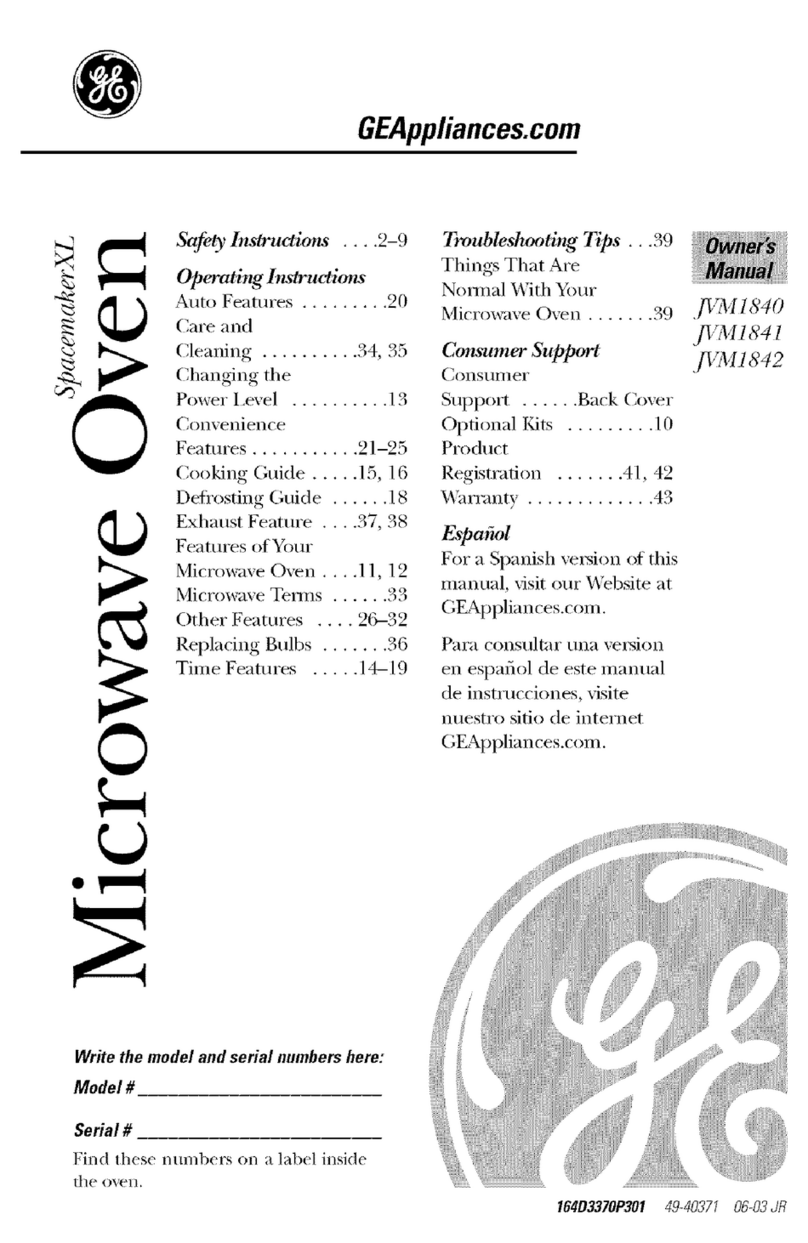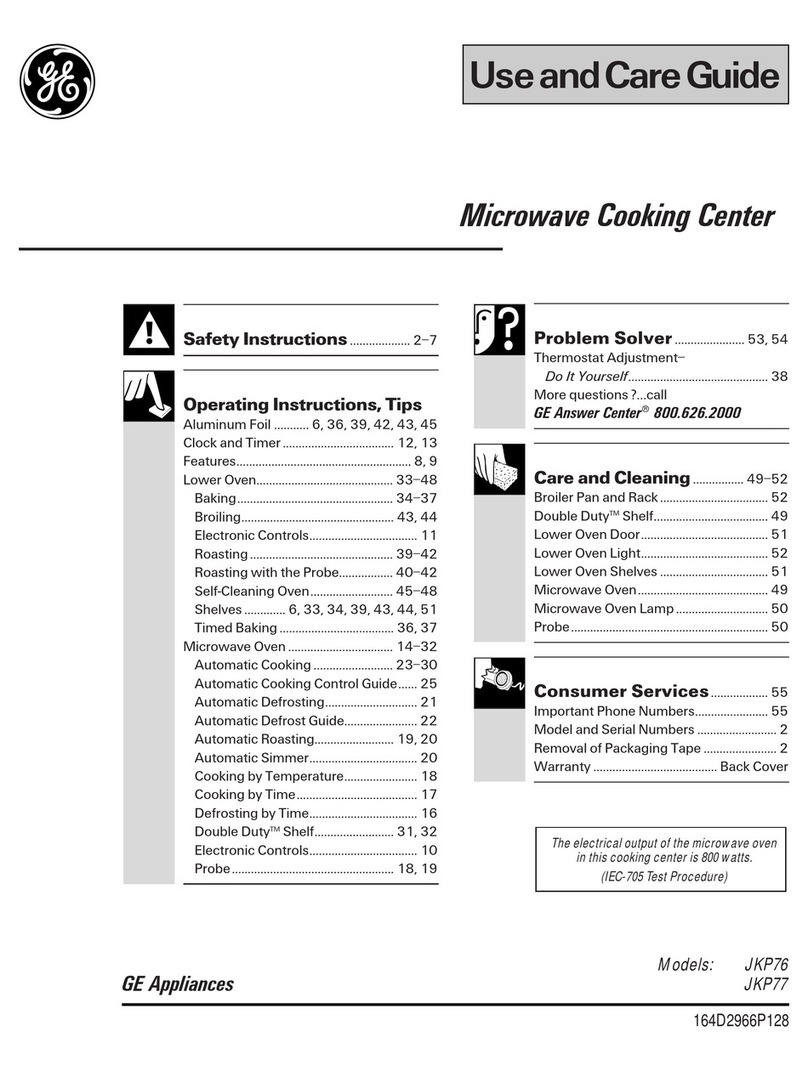GE Spacemaker III JEM4KWA Use and care manual
Other GE Microwave Oven manuals
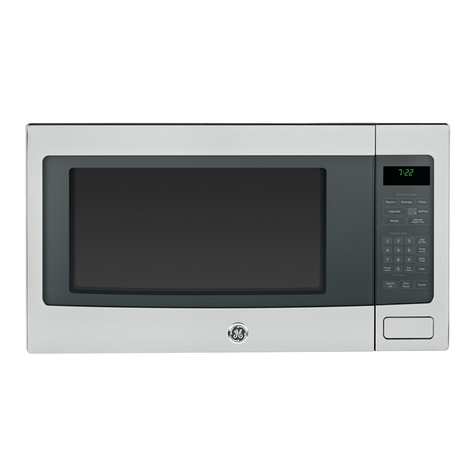
GE
GE PEB7226EH1ES User manual

GE
GE JES1131GB User manual
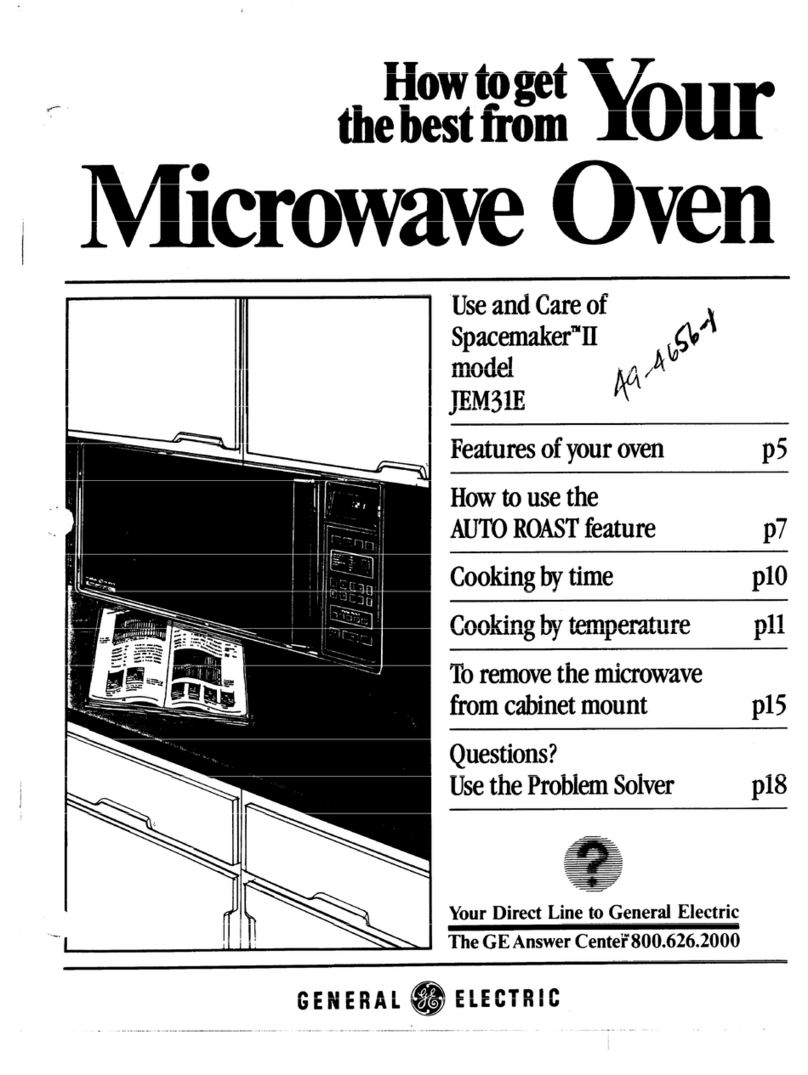
GE
GE JEM31E Installation instructions

GE
GE Spacemaker JVM1660 User manual
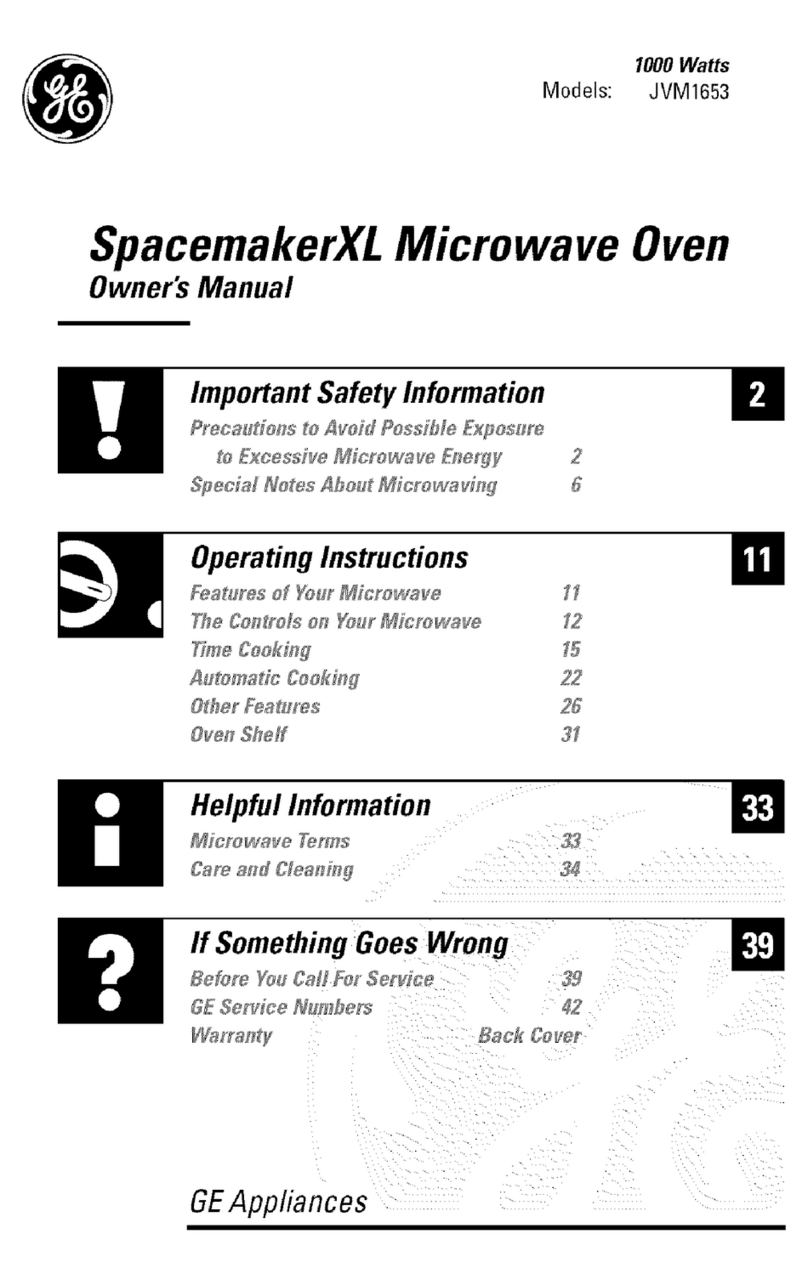
GE
GE SpacemakerXL JVM1653 User manual
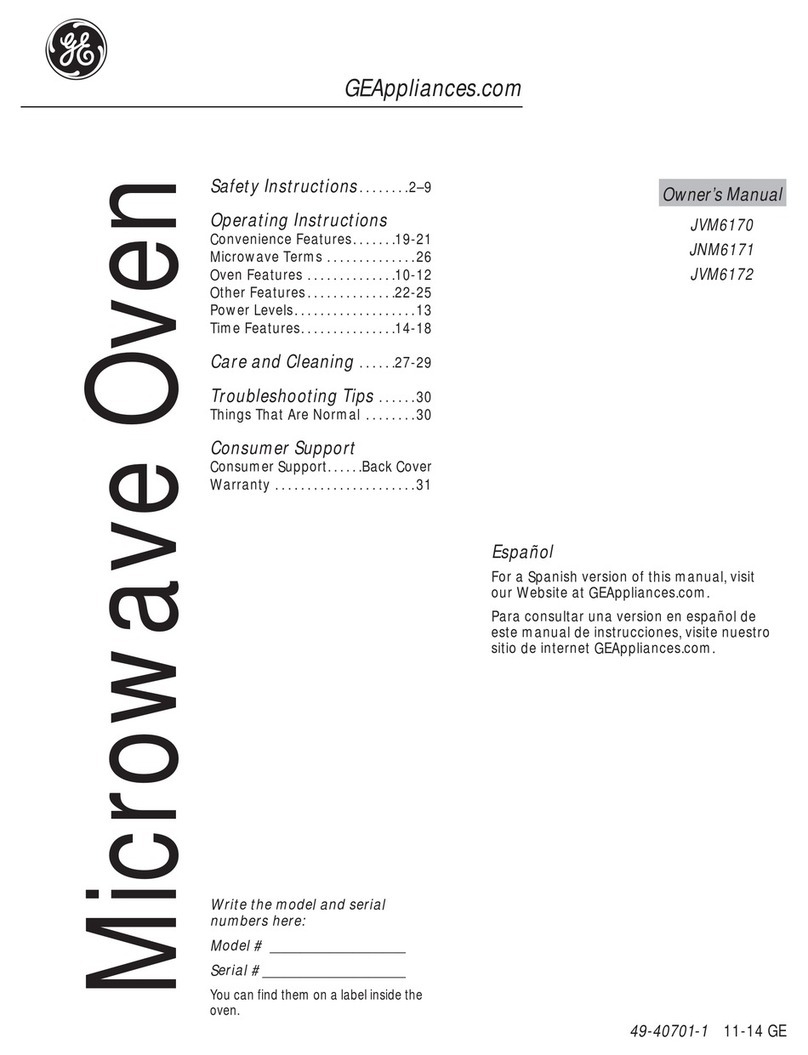
GE
GE JNM6171 User manual
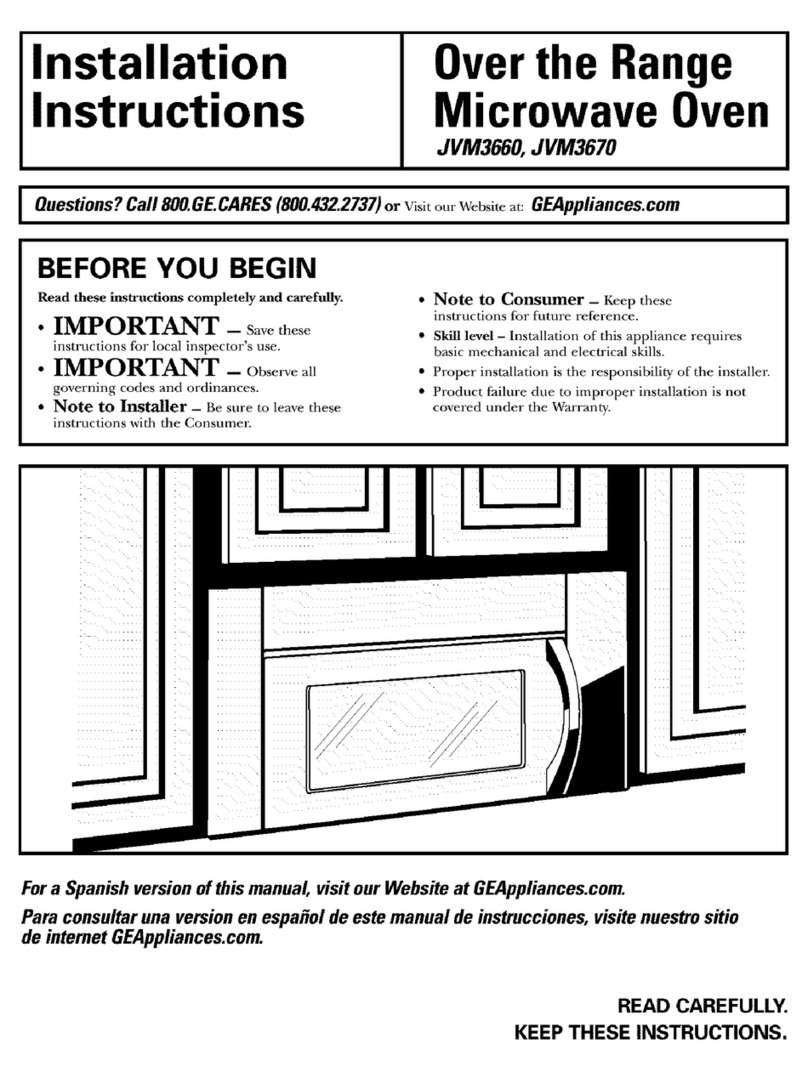
GE
GE SpacemakerXL JVM3660 User manual

GE
GE CEB1590SS User manual
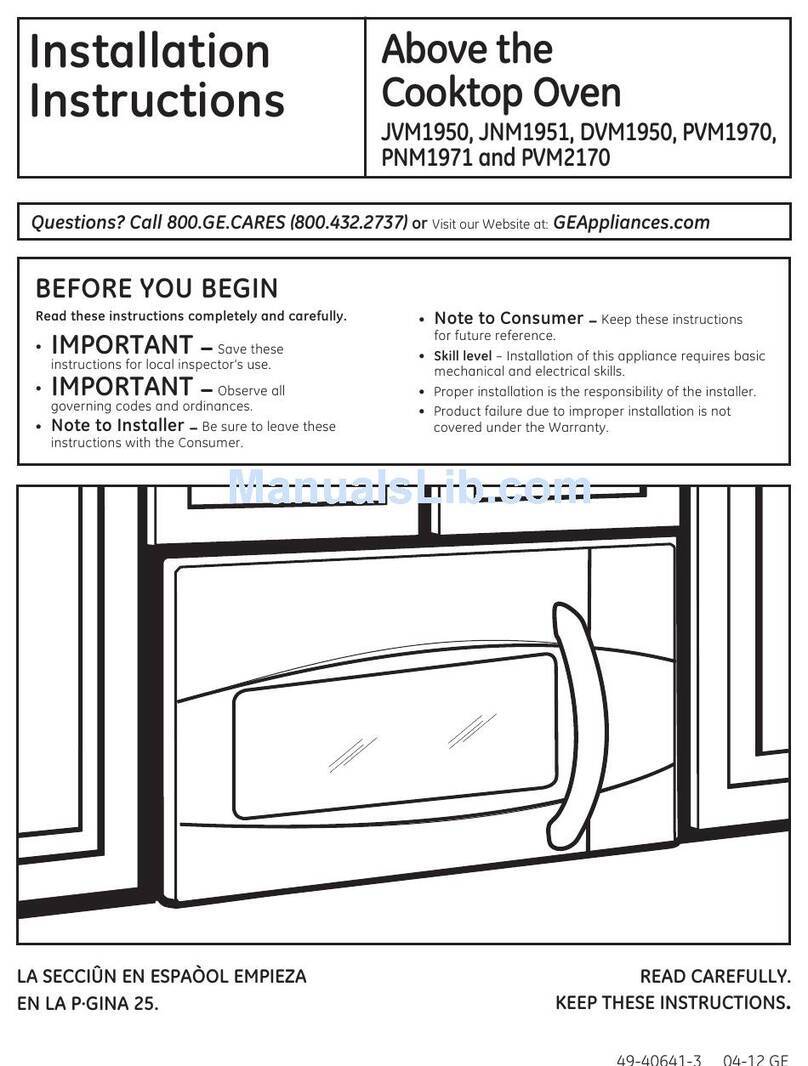
GE
GE PVM1970SRSS User manual
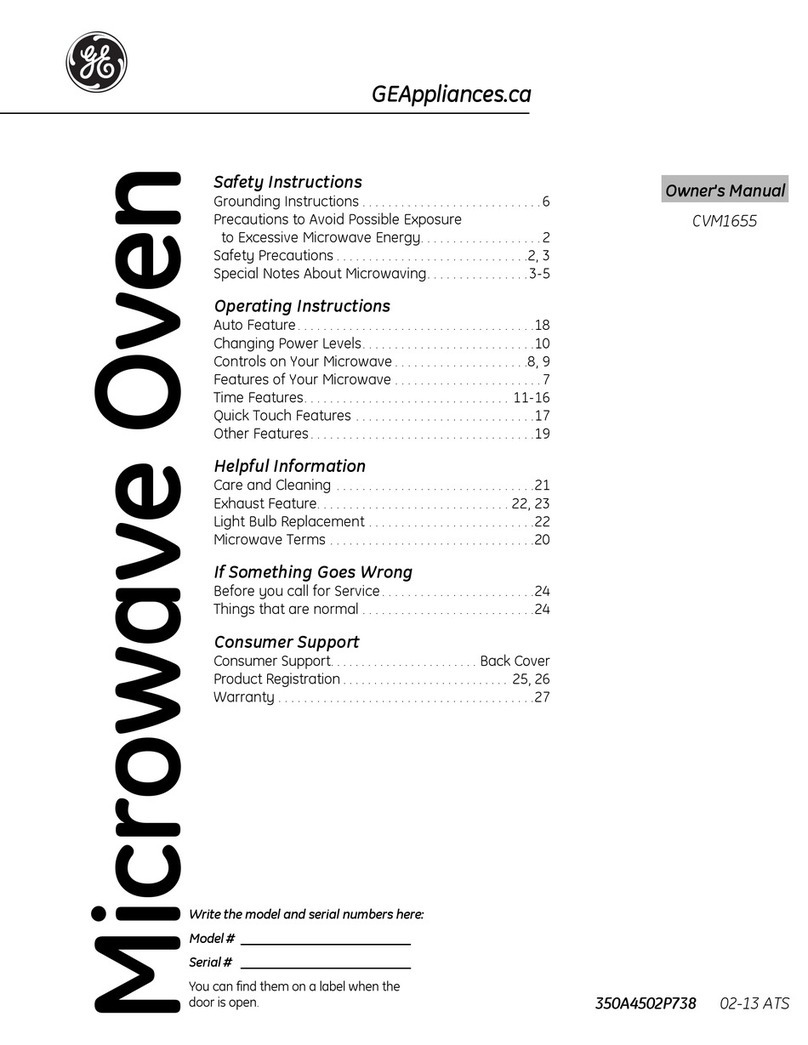
GE
GE CVM1655 User manual
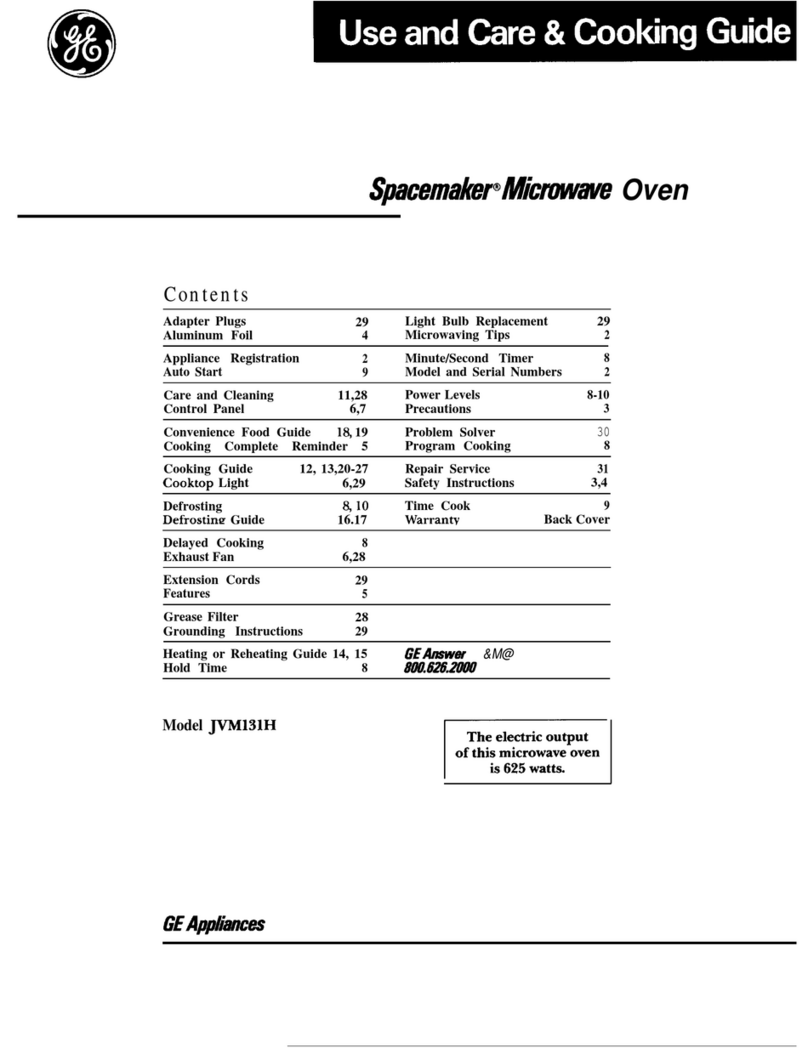
GE
GE Spacemaker 164D2092P020 User manual
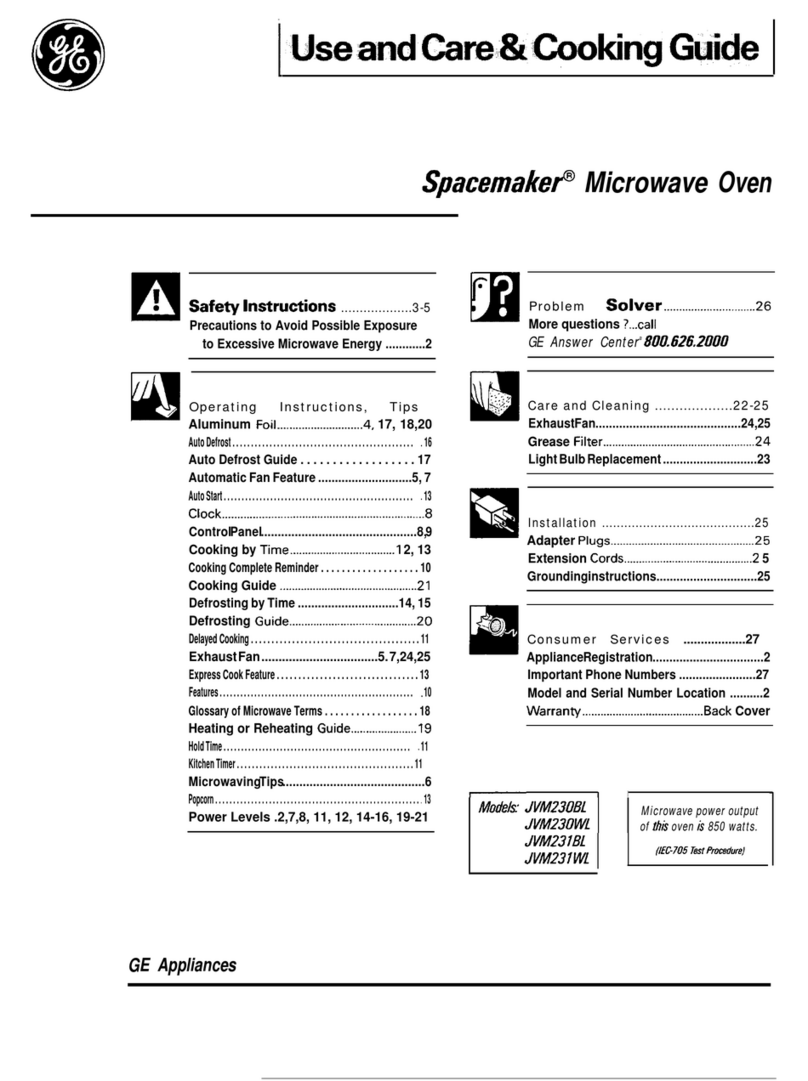
GE
GE Spacemaker 164 D2588P188 User manual

GE
GE KOR-134K User manual
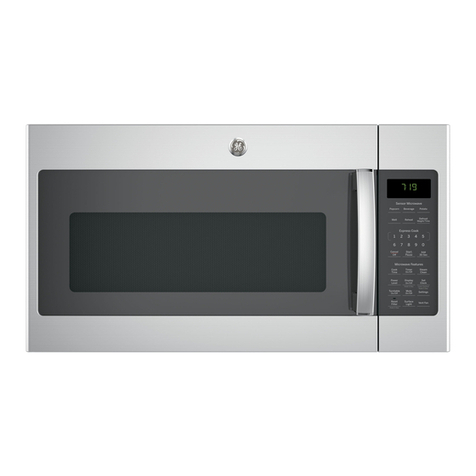
GE
GE JNM7196SFSS User manual

GE
GE JE1460WF User manual
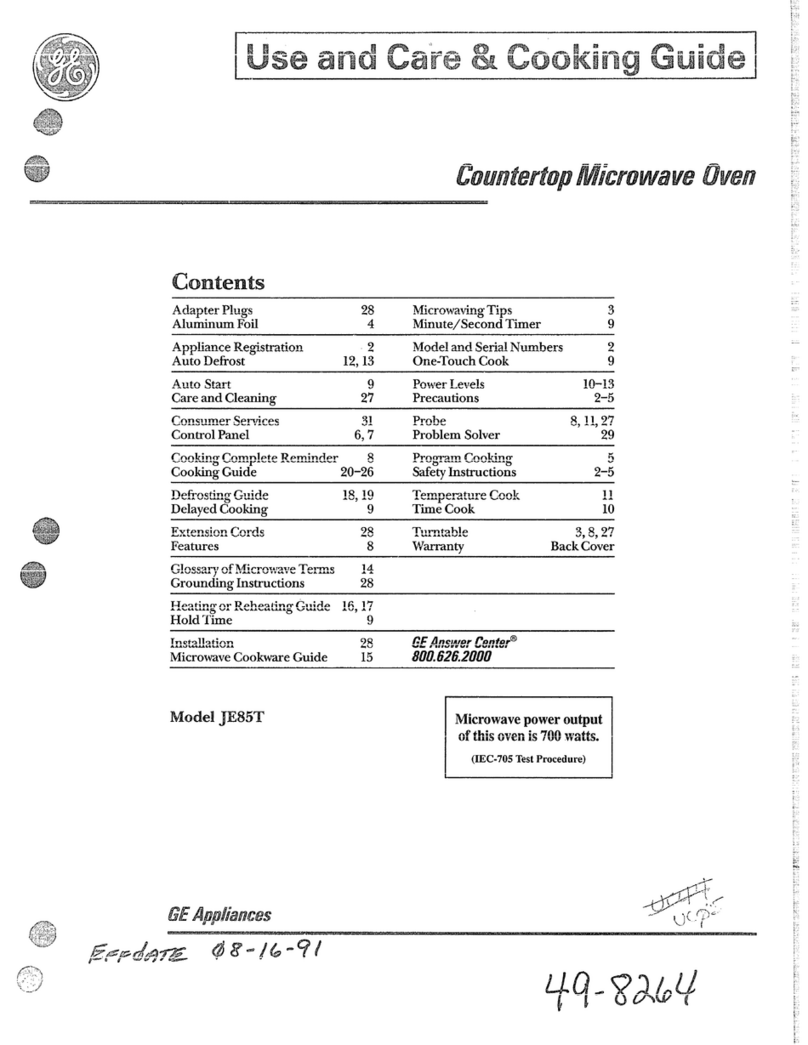
GE
GE JE85T Use and care manual
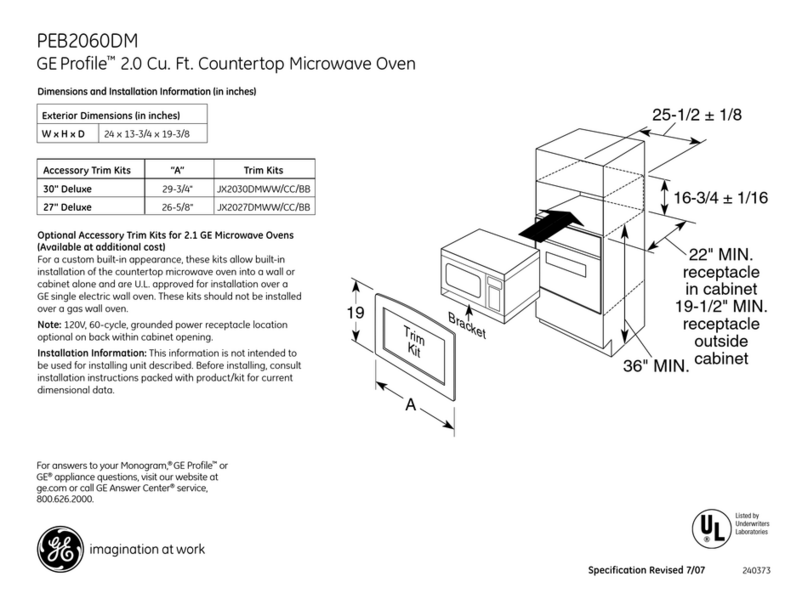
GE
GE PEB2060DMWW - Countertop Microwave Oven Manual
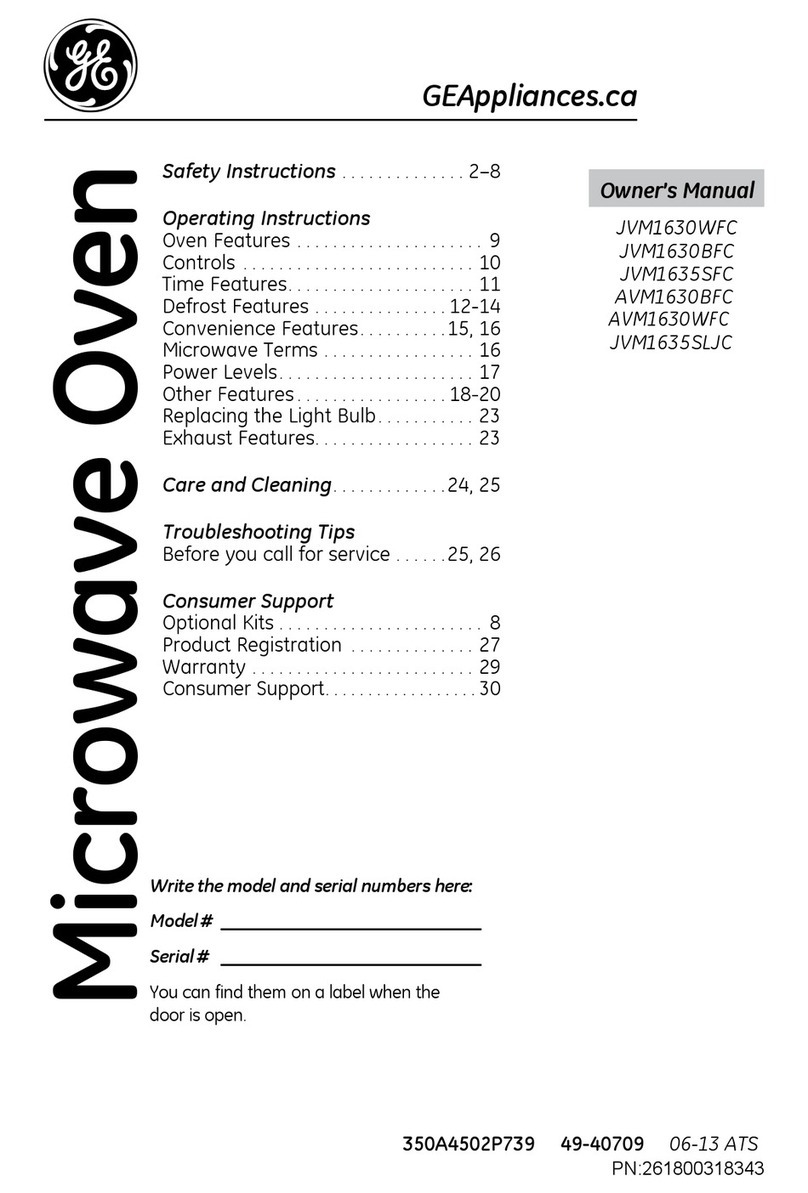
GE
GE JVM1630WFC User manual

GE
GE JHP60G Installation instructions
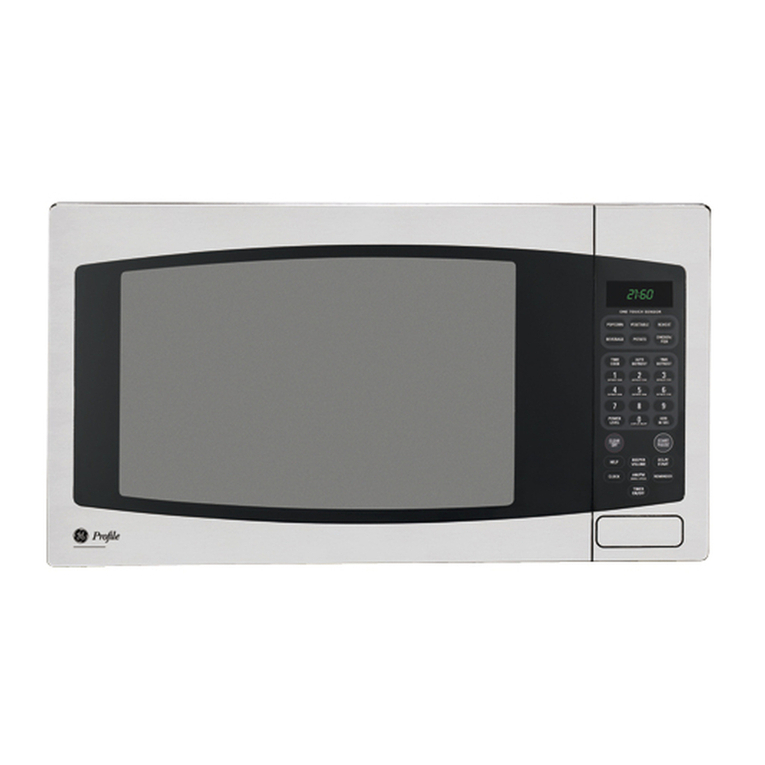
GE
GE Profile JE2160BF User manual
Popular Microwave Oven manuals by other brands

Conrad Electronic
Conrad Electronic 2372935 operating instructions

DAEWOO ELECTRONICS
DAEWOO ELECTRONICS KOR-6L8K5S83 Operating instructions & cook book

DAEWOO ELECTRONICS
DAEWOO ELECTRONICS KOR-1N5A9S Operating instructions & cook book

Daewoo
Daewoo KQG-6617G Operating instructions & cook book

Samsung
Samsung M1779 Owner's instructions

Miele
Miele H6200BM(TB) Operating and installation instructions

Jocel
Jocel JMO011480 instruction manual

Sharp
Sharp R-752M Operation manual with cookbook

Electrolux
Electrolux EVL8E00X user manual

STOVES
STOVES Q900GRF DO User, installation & servicing instructions

Daewoo
Daewoo KOR-6L0B3S Operating instructions & cook book

KitchenAid
KitchenAid KCMS1555 Use and care guide

